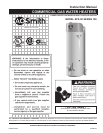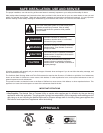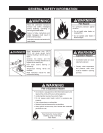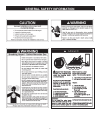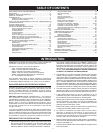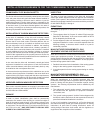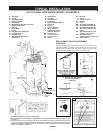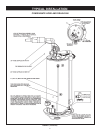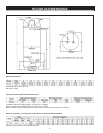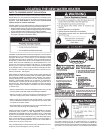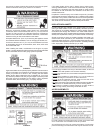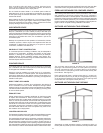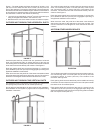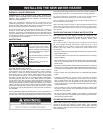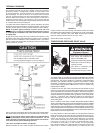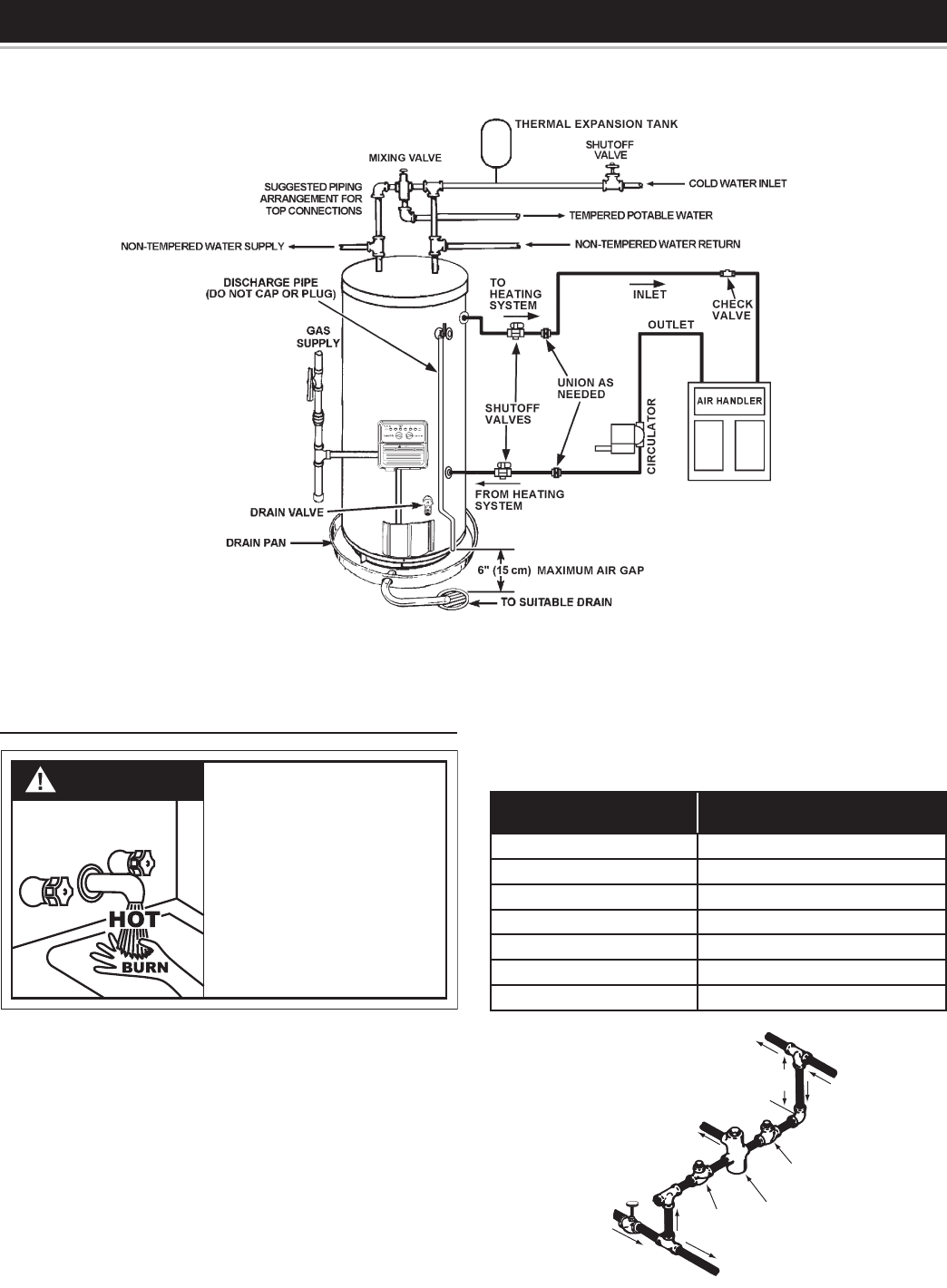
9
TYPICAL INSTALLATION
MIXING VALVES
DANGER
Water temperature over 125°F (52°C)
can cause severe burns instantly
resulting in severe injury or death.
Children, the elderly and the physically
or mentally disabled are at highest risk
for scald injury.
Feel water before bathing or showering.
Temperature limiting devices such as
mixing valves must be installed when
required by codes and to ensure safe
temperatures at fixtures.
Water heated to a temperature which will satisfy clothes washing, dish
washing, and other sanitizing needs can scald and cause permanent
injury upon contact. Short repeated heating cycles caused by small
hot water uses can cause temperatures at the point of use to exceed
thewaterheater’stemperaturesettingbyupto20°F(11°C).
Some people are more likely to be permanently injured by hot water
thanothers.Theseincludetheelderly,children,theinrmandthe
physically/mentally disabled. Table 1 shows the approximate time-
to-burn relationship for normal adult skin. If anyone using hot water
providedbythewaterheaterbeinginstalledtsintooneofthese
groups or if there is a local code or state law requiring a certain
water temperature at the point of use, then special precautions
must be taken.
In addition to
using lowest possible temperature setting that
satisesdemand
ofapplicationaMixingValveshouldbeinstalledatwaterheater(seeFigure
3)orathotwatertapstofurtherreducesystemwatertemperature.
Mixing valves are available at plumbing supply stores. Consult a
QualiedInstallerorServiceAgency.Followmixingvalvemanufacturer’s
instructions for installation of the valves.
TABLE 1.
Water Temperature
Time to Produce 2nd & 3rd
Degree Burns on Adult Skin
180°F(82°C) Nearly instantaneous
170°F(77°C) Nearly instantaneous
160°F(71°C) About 1/2 second
150°F(66°C) About 1-1/2 seconds
140°F(60°C) Less than 5 seconds
130°F(54°C) About 30 seconds
120°F(49°C) More than 5 minutes
HOT WATER
OUTLET
TO TANK
INLET
CHECK
VALVE
MIXING
VALVE
COLD
WATER
INLET
TEMPERED WATER
OUTLET
12” TO 15”
(30-38 cm)
CHECK
VALVE
FIGURE 3.
FIGURE 2.
MIXING VALVE / THERMAL EXPANSION TANK USAGE AND SPACE HEATING



